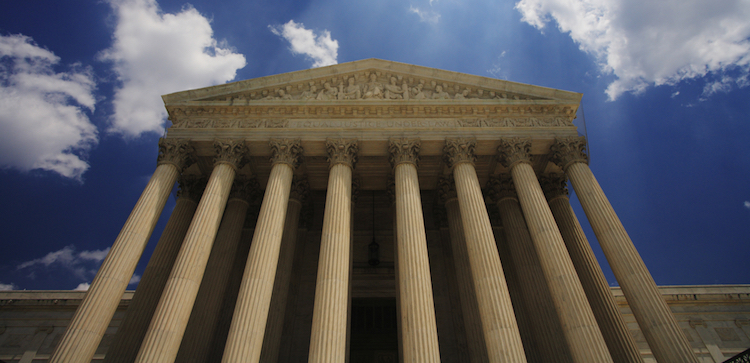Prof Tells Court There is No ‘Barney Fife’ Defense to Search Violations
A Stanford University law professor who urged the U.S. Supreme Court yesterday to suppress evidence of a police search alluded to the deputy in The Andy Griffith Show to make her point.
At issue was whether drug and gun evidence should be tossed because police found it while searching a man arrested on a warrant that had been withdrawn, the New York Times reports. Officers had relied on mistaken information in police files from a neighboring county.
A 1995 Supreme Court decision creates an exception to the exclusionary rule when arrests are made because of erroneous court records, the story explains. The case before the justices asks whether the prior ruling should be extended to cover mistaken police records.
Pamela S. Karlan argued that police errors should count against police, and that enforcing the exclusionary rule in this case will lead to better-kept police records.
Chief Justice John G. Roberts Jr. suggested that police may be struggling with technology and budget issues, according to the newspaper’s account. “They probably don’t have the latest version of WordPerfect, or whatever it is,” he said.
Karlan said those problems don’t justify an exception. “There’s not a Barney Fife defense to the violation of the Fourth Amendment,” she said.
The case is Herring v. United States. A second evidence case before the court yesterday, Arizona v. Gant, concerns whether police may search a car parked in a driveway after its driver was arrested on a warrant, handcuffed and placed in a squad car. The state argued the search was justified as being incident to arrest, Law.com reports.
The Daily Journal (sub. req.) reports that the justices appeared reluctant to suppress the evidence in the first case, but some justices appeared to have a problem with the search in the car case. Several justices noted that the rule allowing a car search incident to arrest rests on a rationale that the offender may pose a continuing threat—a rationale not present in the case of the handcuffed suspect in the back of a police car.



